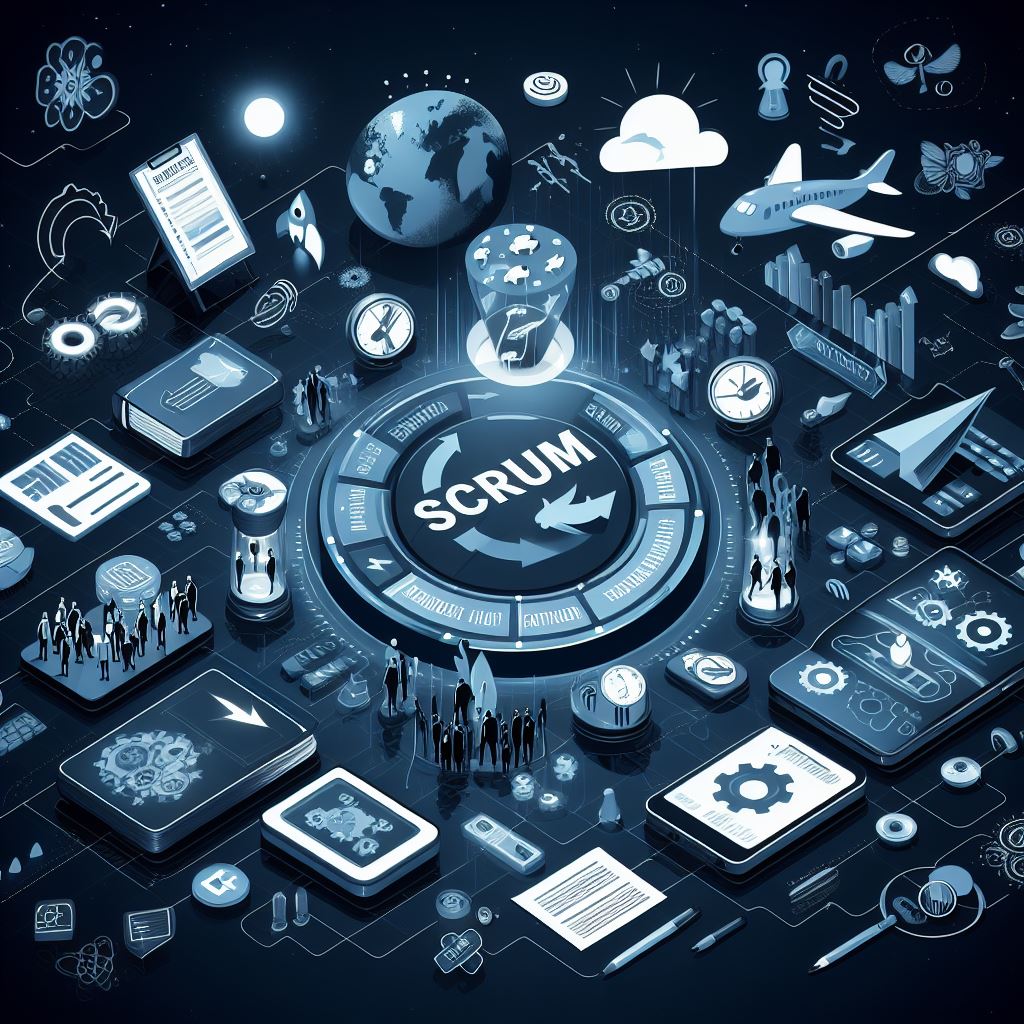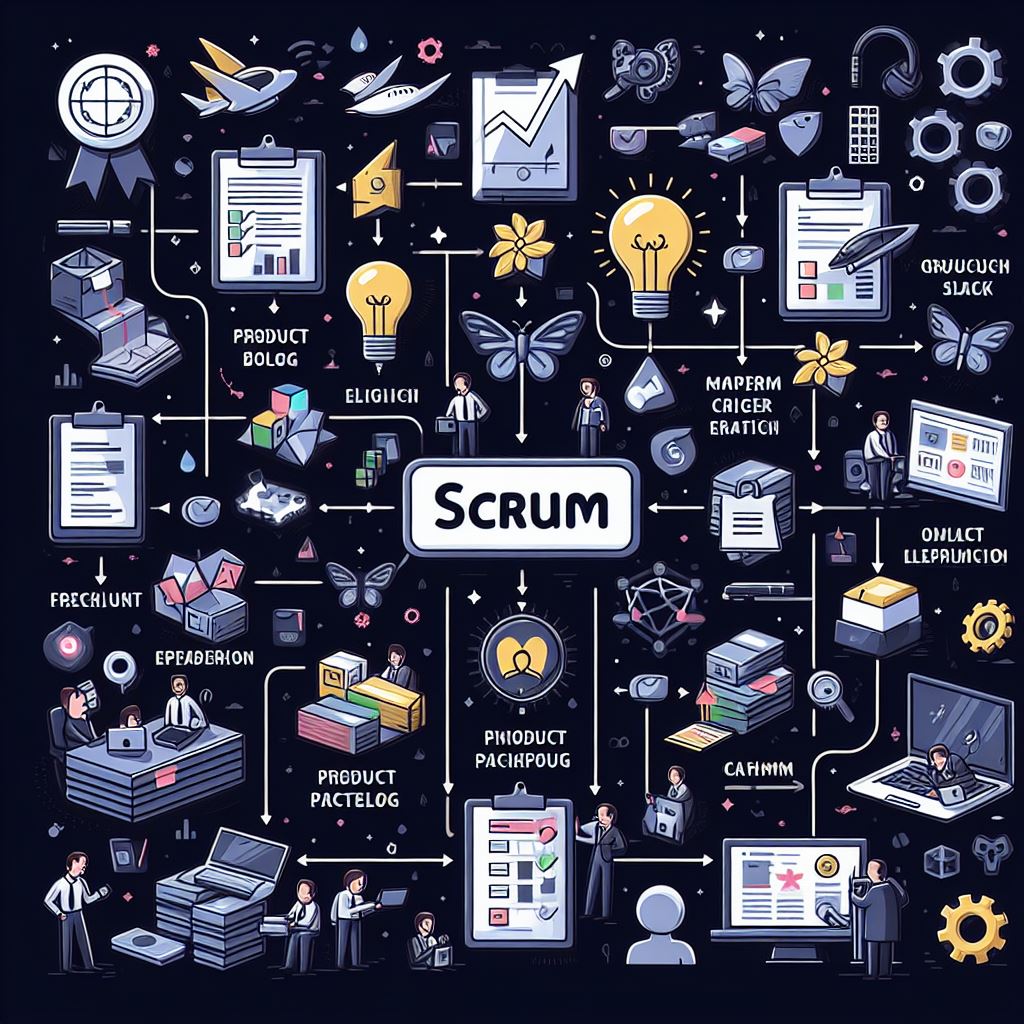Managing software development projects effectively involves various methodologies and approaches. Here are some commonly used and highly regarded approaches:
- Agile Methodologies: Agile is a flexible and iterative approach that focuses on collaboration, customer feedback, and the ability to adapt to change. Popular Agile frameworks include Scrum, Kanban, and Extreme Programming (XP). Agile promotes incremental development, allowing for changes and adaptations throughout the project.
- Scrum: Scrum is an Agile framework that divides work into time-boxed iterations called sprints. It emphasizes collaboration, transparency, and adaptability. Scrum involves specific roles (such as Product Owner, Scrum Master, and Development Team) and ceremonies (like Daily Standups, Sprint Planning, Sprint Review, and Retrospective) to manage the project.
- Kanban: Kanban is another Agile method that focuses on visualizing the workflow on a Kanban board. It aims to manage work by limiting work in progress (WIP), ensuring a smooth flow of tasks, and emphasizing continuous delivery.
- Waterfall: Although less flexible than Agile, the Waterfall model follows a sequential approach, where each phase of the project (requirements, design, implementation, testing, deployment) must be completed before moving to the next phase. It’s often used for projects where requirements are well understood and unlikely to change.
- Lean Development: Lean principles focus on maximizing value while minimizing waste. It involves continuous improvement, delivering quickly, and eliminating anything that doesn’t contribute to the end goal.
- DevOps: DevOps is a culture that emphasizes collaboration and communication between software development and IT operations teams. It aims to automate processes, enabling faster and more reliable software delivery.
- Scaled Agile Framework (SAFe): SAFe is an Agile framework designed for larger organizations, providing guidelines and practices to scale Agile principles across multiple teams and departments.
- Rapid Application Development (RAD): RAD emphasizes rapid prototyping and quick feedback. It involves iterative development and user feedback to refine software continuously.
- Feature-Driven Development (FDD): FDD focuses on building specific features or functionalities of the software in short iterations, with a strong emphasis on design and modeling.
The best approach often depends on factors like the nature of the project, team size, client requirements, and organizational culture. Many teams also adopt hybrid approaches by combining elements from different methodologies to suit their specific project needs. Flexibility, continuous improvement, and adapting to changing requirements are crucial aspects of successful software project management.



